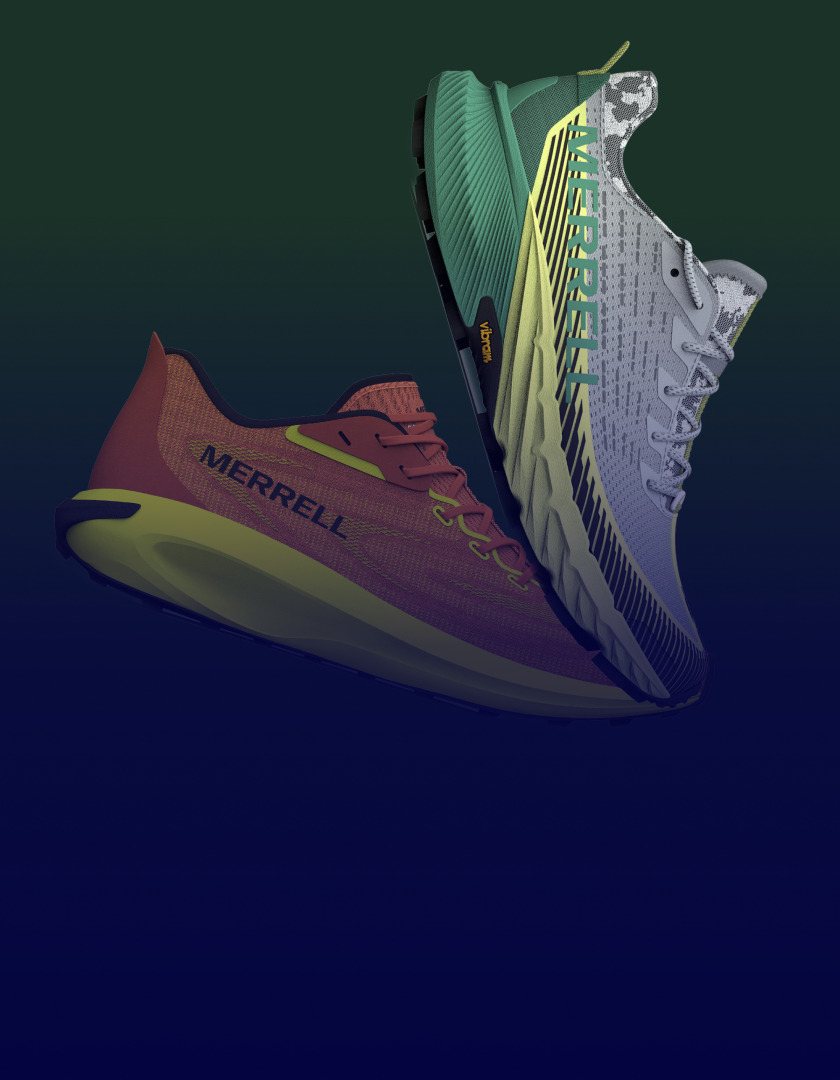5 Ways Emerging Footwear Companies Accelerate Success

5 Ways Emerging Footwear Brands Lace Up with Collaboration and Data Transparency
To stand out from the competition, today’s brands must navigate increasingly changing trends, rising costs, logistical supply chains and tariff risk. Despite these ongoing challenges the footwear industry leaped to $113.7 billion in annual sales in 2024 and is positioned to continue on the growth trend.
Emerging brands have a way of differentiating themselves in this dynamic industry. With agile technology like Centric PLM™ and Centric Visual Boards™ brands defeat challenges like compressed trend cycles, sustainability pressure and overproduction and, as a result, are better positioned to drive growth. Learn 5 ways emerging footwear companies leverage modern tools to become successful, in-demand market leaders.
1. Stay on Track with Supply Chain Visibility
Supply chain disruptions are a known challenge in the shoe industry. For emerging and established brands, proactively responding to changes in the supply chain is the key to getting show collections on shelves and capitalizing on trends before consumer preferences change.
With a configurable PLM, brands are able to create capacity for teams to evaluate alternatives, adjust timelines or switch suppliers. No more spending hours, days or even weeks rummaging through emails and spreadsheets for the right information to connect the dots before altering key strategic decisions.
2. Accelerate Product Collaboration with a Single Source of Truth
99% of footwear companies that import and sell in the US risk margin loss caused by global supply chains and tariffs. It is essential brands make timely, strategic decisions with market intelligence and product innovation to thrive in this industry.
Centric PLM brings teams onto one platform for product information, from design and materials to sourcing and timelines. Designers, developers and merchandisers collaborate in real-time, with instant visibility into all aspects of a product. Along with Centric Visual Boards, teams collaborate side-by-side on assortments plans, swapping out materials, adjusting specs and honing collections while staying in sync on business goals.
New brands that opt for flexible design and agile collaboration are positioned to change strategies on the fly and keep profitability on target, even in the event of a volatile market.
3. Add Sustainability into Footwear from the Start
Consumers today want it all in their footwear, from fashion, innovation, comfort and quality to the assurance of sustainability and traceability. New laws like California’s Responsible Textury Recovery Act are also challenging brands to prove their compliance through documentation and tracking. To meet customer demand and stay in line with changing regulations, sustainability must be included in every choice and process from the start.
Centric PLM enables product designers and developers to instantly access environmental impact data (such as carbon footprint and water usage) by integrating with HIGG. This allows teams to embed sustainability at every stage of the product development lifecycle. Tracking material usage and its properties through material libraries brings clear visibility to sort materials by vital sustainability metrics like recycled content, water usage and carbon emissions. Embedded vendor management also tracks and confirms supplier sustainability certifications.
With Centric Visual Boards incorporated into this process, footwear teams design new and innovative styles without time-consuming cycles of prototyping and physical samples, resulting in 90% faster assortment development. With side-by-side comparison of sustainable materials, designs meet brand aesthetic standards—and sustainable production requirements.
4. Step Beyond Spreadsheets and Emails
Various spreadsheet versions, email threads and manual processes buckle under strain as shoe collections and style types expand. Miscommunication and data errors propagate, hindering design loops and adding unnecessary stress.
By consolidating product information and tasks into a central system accessible to both internal teams and external suppliers, everyone can work with greater speed and accuracy. Basics like material libraries, footwear trends, tech packs and vendor data stay current, keeping teams focused on ways to boost brand popularity and profitability.
“Before Centric PLM, there were endless email threads and crossed messages. Now with centralized communication the team can manage approvals and track costs far more efficiently. It’s a game changer.” – SVP | Shoe Palace
5. Move Fast and Innovate Without Compromising Quality and Style
Delayed approvals and fragmented data stifle creativity, hinder teams and product innovation. For emerging footwear brands, slow processes, siloed teams and misalignment hinder innovation, agility and brand growth. Creativity thrives when teams and suppliers collaborate in real time with accurate data on an easy-to-access platform.
With 3D prototyping embedded, design teams are empowered to create, review and refine shoe designs electronically without the delays of waiting for physical samples. This implementation reduces shipping costs, enhances sustainability and shortens time to market by 50%.
Embedded quality management tools enable early detection of supplier slow-downs, compliance problems and product quality problems without impacting timelines or budgets.
Discover how to overcome the challenges holding footwear brands back from achieving success in our new eBook, Navigating 5 Critical Challenges Facing Emerging Footwear Brands. Get a behind-the-scenes view of how leading footwear brands scale with today’s digital technology and receive actionable insights.
Ready to lace up into growth mode?
“We can see things faster and our information systems are now more connected. We've opened the door between our ERP system and Centric PLM so we can now push SKUs out of Centric PLM and into [our ERP] where the operations team takes over from the product creation team.” - Product Development Operations | KEEN








